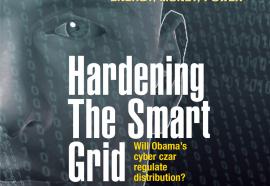Booz Allen, Siemens and Power Analytics Partner with New York Communities to Win 16 NY Prize Microgrid Projects
Submitted by aburr on Thu, 2015-07-16 11:11Booz Allen Hamilton, Siemens and Power Analytics will study the technical and economic feasibility of installing community microgrids in 16 cities across New York. These communities were each awarded $100,000 in initial microgrid funding through New York State's NY Prize competition in order to evaluate how microgrids local energy networks that are able to separate from the larger electrical grid can expand customer choice, ensure power reliability, improve resiliency and preserve the environment.







